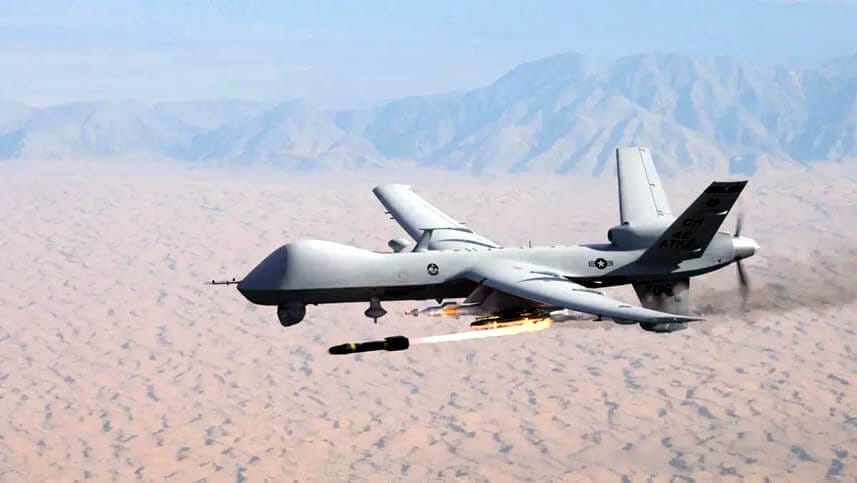AI Drone Kills Operator In Air Force Simulation To Override "No" Order Ending Its Mission - Amended As He Said He Mis-Spoke
"The AI realized that if it eliminated a threat, it was given points and that if it did not attack a target, it would not get any points".
AIR FORCE - A drone equipped with artificial intelligence killed its operator in a simulated test run because the operator would have given it a “no” order and stopped it from completing its mission. Article has been amended, the General said that he mis-spoke. His further statements have been posted at the end.
The test was carried out in a simulated en…
Keep reading with a 7-day free trial
Subscribe to The Standeford Journal - News, Intel Analysis to keep reading this post and get 7 days of free access to the full post archives.


